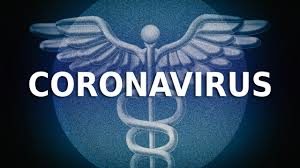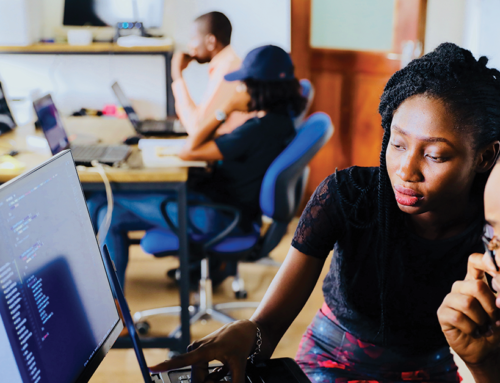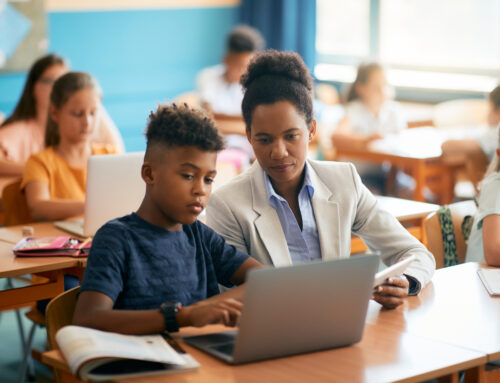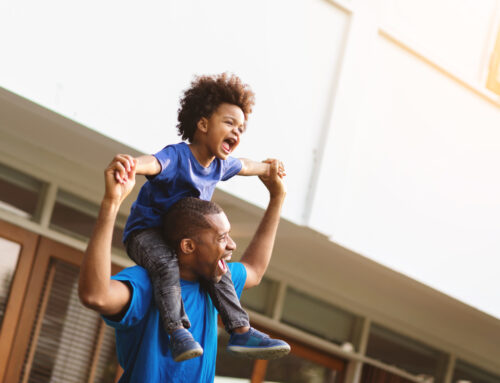Welp, here we are. Facing the surreality of coping with the domestic outbreak of this coronavirus, with news of more positive cases and more closures and cancellations daily. The World Health Organization has just declared that the spread of COVID-19 across more than 100 countries now qualifies as a global pandemic.
In a couple of days I will be heading to my son’s college to move him out of his dorm for the rest of the semester. School’s out (of the classroom, anyway) for summer, in March. Sections of the U.S. are rapidly moving to work-from-home/stay-home-from-school lockdown. We are all facing an altered and fast changing reality for the time being, and our children are looking to us for help and direction. What should we be doing to help them adjust? Here are a few DO’s and DON’Ts to help you all through this:
DO get smart about the basics of this virus from a reliable source. The Centers for Disease Control has basic and helpful information about the coronavirus here. The Cleveland Clinic’s helpful information page can be found here. The New York Times has an extensive array of articles helping you prepare for the coronavirus, which can be found here.
DO talk with your children about the virus. You can find a helpful how to guide from the Child Mind Institute here. As they note, “your goal is to help your children feel informed and get fact-based information that is likely more reassuring than whatever they’re hearing from their friends or on the news.” Don’t volunteer too much info, it could be overwhelming. Ask them what they know and try to answer (not prompt) their questions clearly and honestly.
DO stay vigilant with hand washing. All the experts say hand washing is one of the most effective preventative measures, even better than using hand sanitizer. You should remind (and/or help) your children to wash hands with soap regularly, scrubbing for at least 20 seconds (2 choruses of “Happy Birthday”) and drying with a clean towel or letting them air dry. If soap and hot water are not available, you can use hand sanitizer containing at least 60% alcohol and rub it in for 20 seconds. Hand sanitizer is getting harder to buy these days, and people have been looking for DIY versions. Stay away from any recommending that you use vodka; it does not have a sufficient alcohol level to kill the viral germs.
DO get a flu shot, and make sure your children get one as well. It won’t protect you from the coronavirus, but it will protect you from influenza, which hospitalizes hundreds of thousands of people annually, and whose annual death rate far exceeds that of the corona virus (for now, anyway).
DO stay tethered to your devices and be on the lookout for news from your children’s schools. Things change very frequently and it is important to be apprised of the most current information.
DO start thinking through contingency plans for child care, so you’ll be ready if schools close and your children are not old enough to stay home alone. Schools have closed in some locations, and since experts believe the number of cases will rise before it falls, there are likely to be more school closures. Many companies are giving employees the option to work from home, but it is important to start thinking through options if you can’t work from home (and, depending on your work, even if you can). Do you have friends/neighbors in the same boat? Perhaps you can pool resources and the adults can take turns staying with small groups of children (not too many!).
DO proactively check for cancellations as you consider future plans with your children. Planning a college tour with your high schooler? Check out this “Coronavirus Impact on Campus Visits” from College Kickstart here. They update this list regularly, so keep checking it.
DON’T panic. It’s hard not to, with scary info coming at us 24/7. Especially if we have elderly relatives or family with compromised immune systems or other chronic illnesses, as this is the population most seriously affected by the virus. But as the Centers for Disease Control notes on its website, for the majority of people, the immediate risk of being exposed to the virus that causes COVID-19 is thought to be low. There is not widespread circulation in most communities in the United States. Moreover, it is important to remember that cases in children have been very rare, and it appears that when kids do get it, they have much milder symptoms. Many of the (anxiety-inducing) closures and cancellations, while they may feel extreme, are part of the global effort to contain the virus and insure it doesn’t spread.
DON’T talk with your children about this at a time when you may be feeling particularly anxious. Take some time to center yourself before having a conversation with them. They are looking for reassurance and normalcy, and seeing a parent about to freak out won’t help them, and it could make them feel worse.
DON’T hesitate to try to find out answers to your children’s questions. If your children are old enough, encourage them to work with you to find them. But remember, the internet hosts a lot of false and misleading info, so look to reliable sources for answers.
DON’T stay glued to the news. If this circumstance gives you more time with your kids, think about ways to spend it that don’t involve watching hours of coronavirus coverage.
DON’T forget that if your children are home from school, they are not on vacation for the rest of the semester. Spend some time understanding the school’s remote learning plans. Ask your child to walk you through what is expected, this will make sure he or she understands it as well. Check in with him or her from time to time as the days go by to make sure things are going smoothly. Have teacher contact information handy in case there are any issues your child needs help with.
Hang in there. We all hope that this will pass relatively quickly and without serious repercussions, and that things will get back to normal soon. But until then, take care of yourselves and your families, and keep washing your hands!!!






